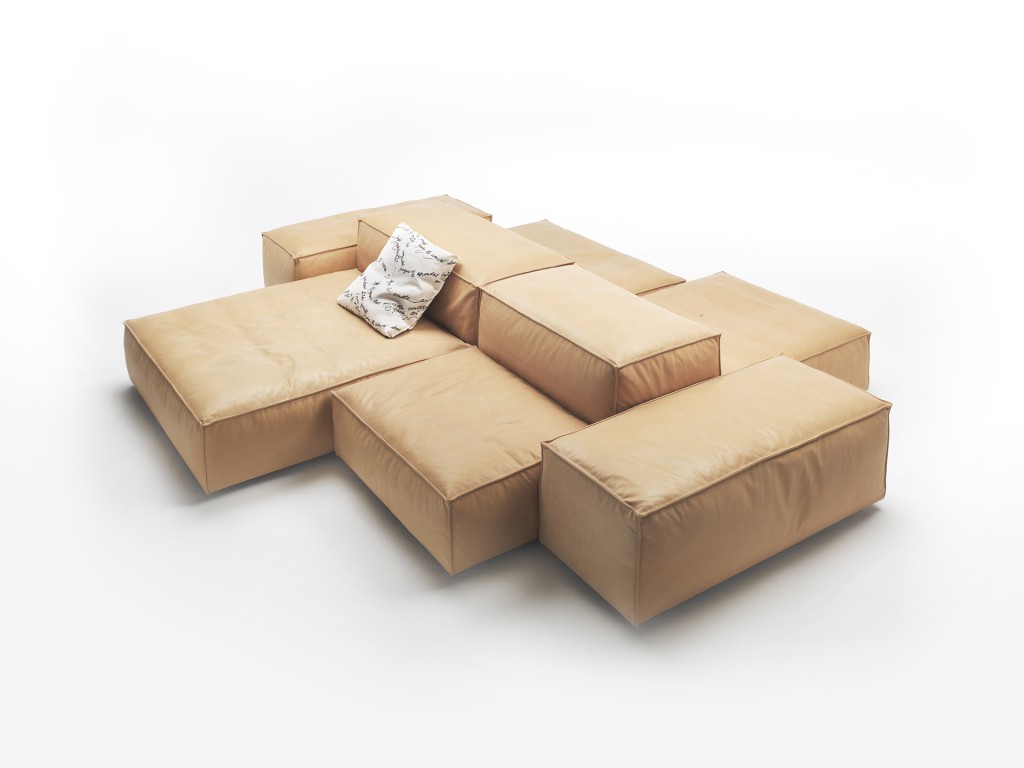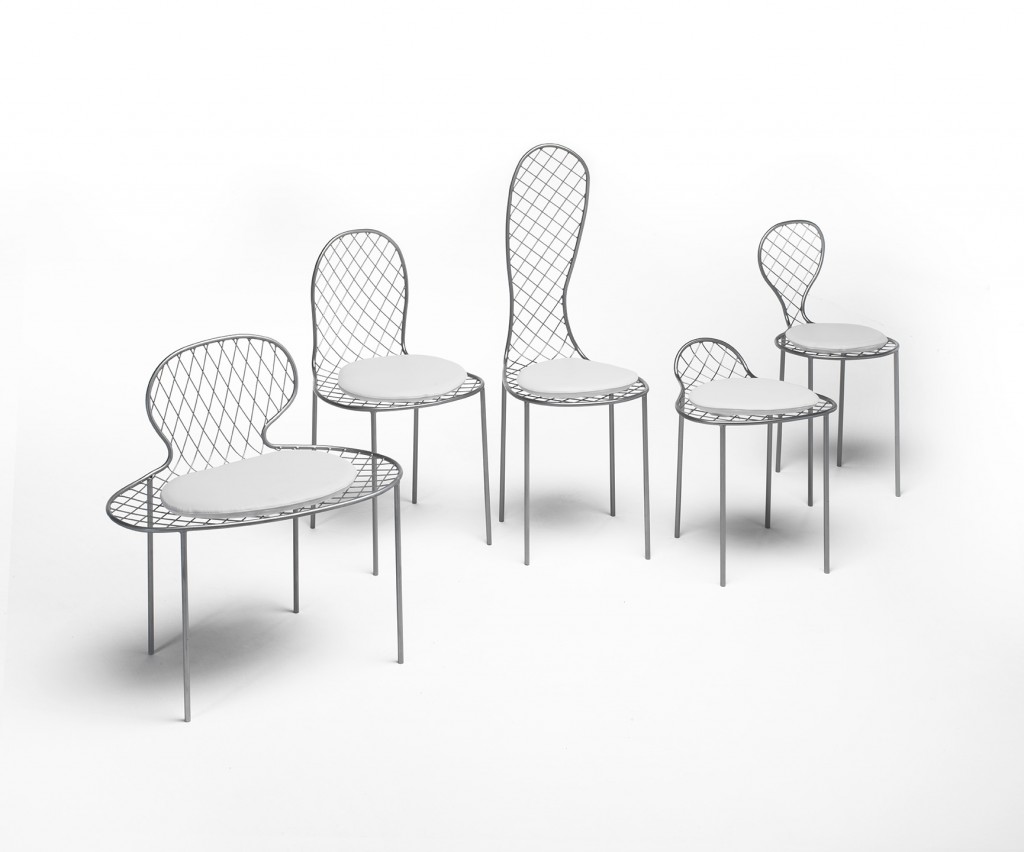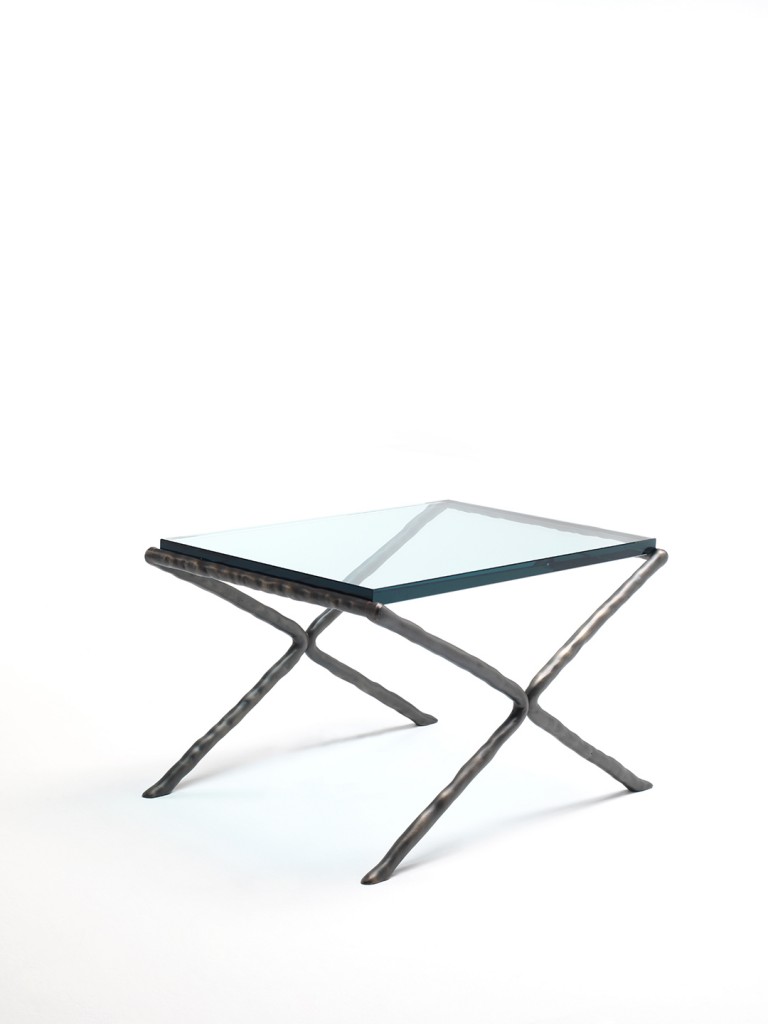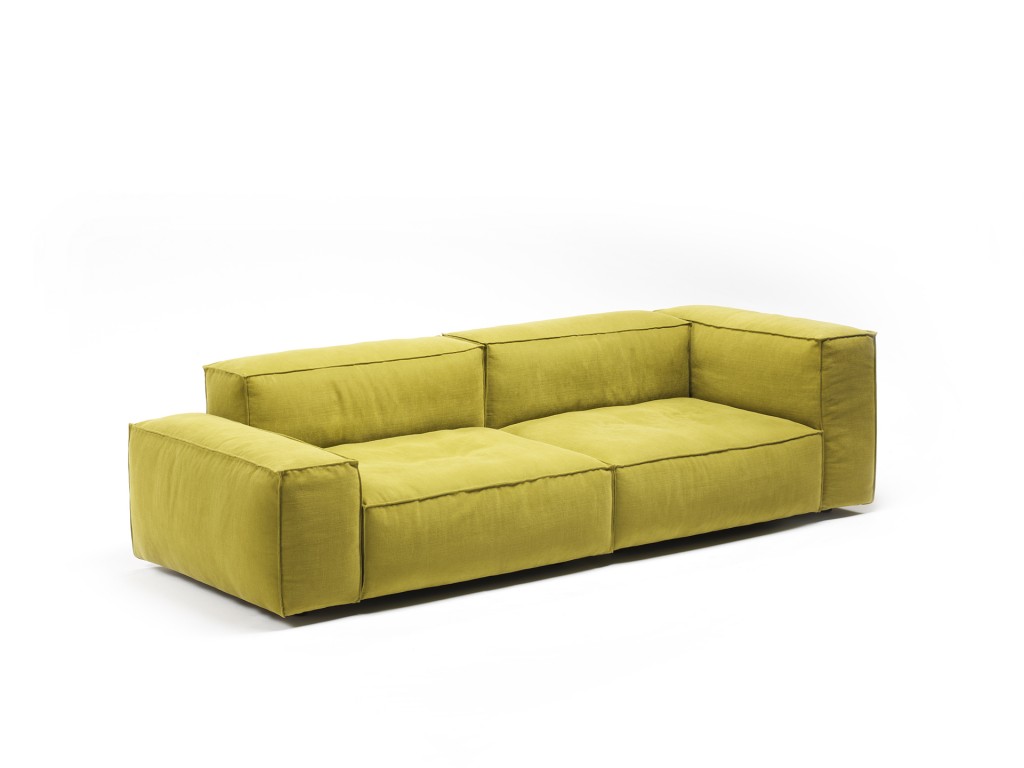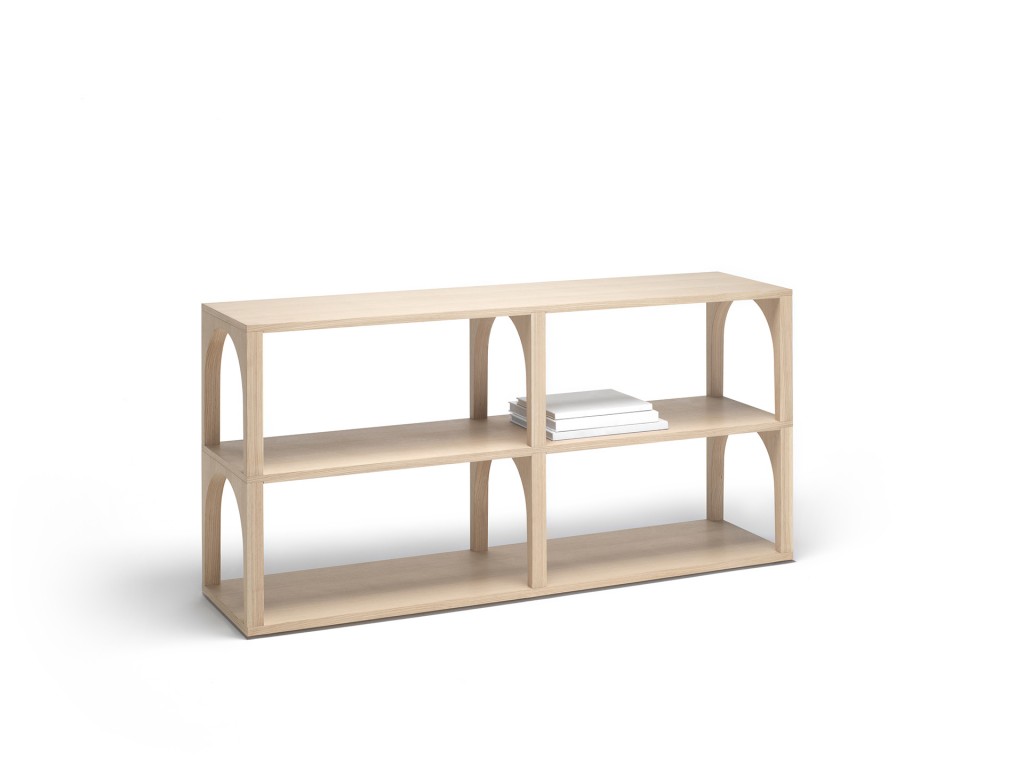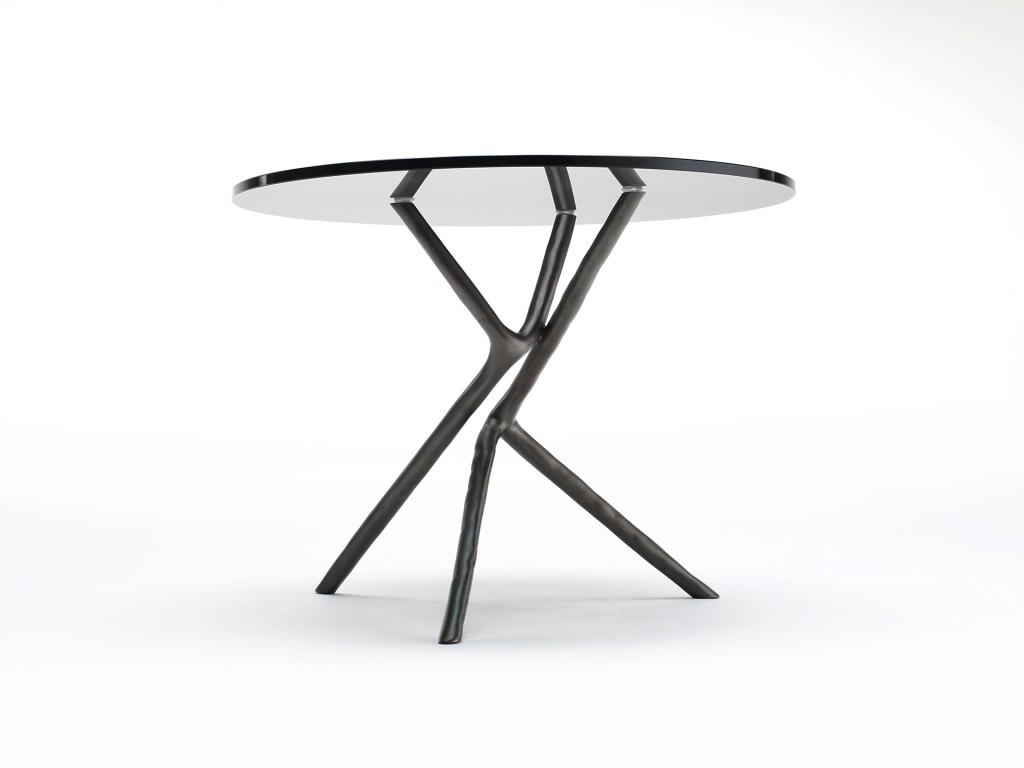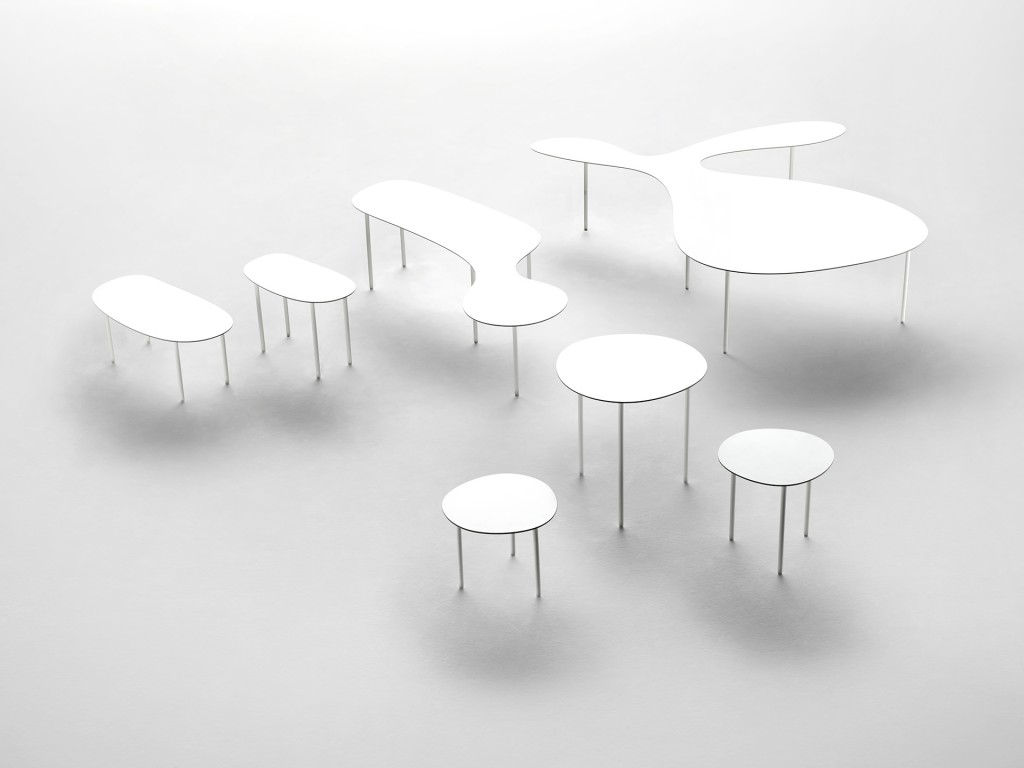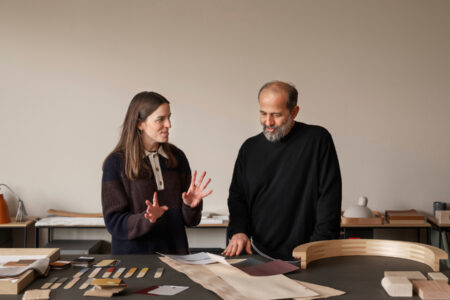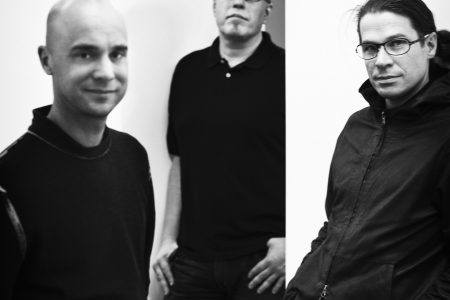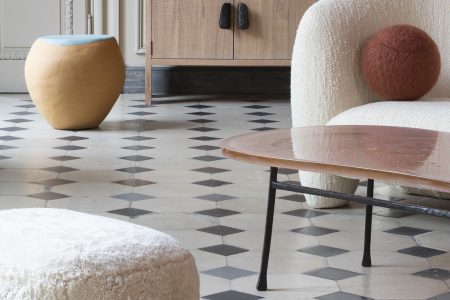Living Divani: Towards Lightness, Purity and Perfection
Design brand Living Divani’s collaborations complement with designs of long-term art director Piero Lissoni. Carola Bastetti of Living Divani talks about the collaborations and the architecture of the company’s headquarters.
Located in Anzano del Parco in the Como area in Northern Italy, Italian design company Living Divani has distinguished itself by natural, minimalistic forms and purity of design. Style of the house has evolved towards a more abstract direction when matching up with Asian and Nordic design aesthetics, which complement and contrast the signature designs by designer Piero Lissoni, a long-term art director of the company.
Now the house is living its second generation, which has brought freshness and novelties into the family business. In the recent years, Living Divani has collaborated with designers and studios such as Singapore-based Nathan Yong and Studio Juju, an Italian-Japanese duo Mist-o, Junya Ishigami from Japan, Stockholm-based trio Claesson Koivisto Rune, and Germany-based Kaschkasch and Mathias Hickl.
Carola Bastetti, marketing and communications manager of Living Divani, is part of the second generation. For her, gradual change in the family business is necessary to constantly redefine and update the company’s philosophy of ‘quiet elegance.’
TLmag: Living Divani is developing a singular, radical and minimal collection. What is the philosophy behind it?
Carola Bastetti: Harmonious proportions and a feeling of understated luxury are the distinguishing features of Living Divani. Our philosophy can be summed up in the idea of a ‘quiet elegance,’ which for us means refined upholstery systems with discrete shapes and details that can be placed into any environment. Over the years, the company has caught the public’s attention for its design approach based on the concept of harmony and ‘delicacy’ in simplification of forms that proposes easy usability. We always start from a research about daily use of an object towards a harmonious way of life with an emphasis to modular shapes and lines, soothing colours, reduced volumes, quality and industrial craftsmanship.
Our goal is to create a high quality living environments that are open to customization and close to desires of each customer. In our opinion, sofa is the real heart of a home. It is a place where you spend most of your free time meeting your friends and family, chatting and relaxing. We think that this item must have certain characteristics of comfort, relaxation and cocooning combined with a very simple, easy design. Our sofas, all entrusted to Piero Lissoni’s pencil, come with tailoring quality and sophisticated details. At the same time, they are very clean in their shapes and customizable in the finishes to perfectly enter the homes and to comply habits of each owner. A sofa can be combined with an endless array of objects collected on personal journeys or pieces handed down from father to son – fruits of passions of the inhabitant. Rather than proposing a total way of living, we offer a model that gives the final consumer or the architect a possibility to add one’s personal touch and to make everyone can feel perfectly at home.
Living Divani often collaborates with Asian and Nordic designers, such as Studio Juju, Junya Ishagami and Claesson Koivisto Rune. How would you define your designers’ affinities, differences or singularities towards the Italian design culture?
CB: Piero Lissoni is the greatest interpreter of the Living Divani style, but the company has nevertheless collaborated with different personalities within the years. Through a path that proved to be neither immediate nor simple, I tried to make my parents understand that the company needed to be more open towards other typologies of products and other designers, too. As much as we enjoy working with Lissoni – and I hope our cooperation will go on forever – we can’t be identified with just one label. Moreover, even the market has changed dramatically in the past few years thanks to the huge development in technology and communication. Everybody could hypothetically be everywhere at all times, just with a click. That’s why the company has gradually enriched the collection with new complements by designers from different countries. Pieces of all these designers are either in harmony or in contrast with Lissoni’s upholstery systems.
The first collaboration was with the Japanese designer Junya Ishigami in 2008. I first saw his project Paper Chair at the Milan Triennale during the Salone del Mobile and, all of a sudden, fell in love with it and immediately invited him to design a collection for Living Divani. The Drop table, a sculpture of pure aesthetics and clear poetical meaning, distorts the perception of space and changes the distances between objects like a mirage. The Family chairs, a collection of chairs with a magnified optical effect, were an incredible success that gave me the impetus and the enthusiasm to carry on talent scouting, searching for new young designers to be included in our collection.
Made up of visually light objects of pure aesthetics and poetry, the Rabbit and the Tortoise collection by Studio Juju was also perfect for Living Divani collection. The series of small tables share the discretion, neutrality of form, energy and ethereality of our company.
My favourite piece by Nathan Yong is the Off Cut bookcase, which is a light, ethereal construction made by piecing together bits of solid walnut or oak. His work derives from a process of heartfelt thought, influenced by society and by Singaporean culture. The Inari console by Mist-o, a designer duo composed of Tommaso Nani and Noa Ikeuchi, is in balance with empty and full spaces marked by symmetry.
On the other hand, products designed by Kaschkasch, Claesson Koivisto Rune and Mathias Hickl represent an unusual fusion of Nordic rigour and Living Divani’s Italian style. Precise lines and geometrical forms give their pieces a graphical appearance underlined by precious materials and the simplicity of the design. For instance, the extremely linear Fju desk is a practical foldable workspace that can be closed to free up space whenever you need it. Portico bookcase and table are freely inspired by architectural structures of ancient Roman aqueduct arches, which translate into elegant and refined objects. Little Nero and Ying Ying coffee tables, instead, come with a sculptural metal base.
But I won’t forget two of the most recent collaborations either, the one with the Spanish designer David Lopez Quincoces and the one with the Bulgarian Victor Vasilev. These demonstrate that our design has no boundaries. Relations, cultures, sensitivities and experiences interweave in the new products, and make our proposals eclectic and accessible in different parts of the world.
In terms of export, does East Asia represent an important market for Living Divani?
CB: At the moment, the house is living a very successful moment in Asia and East Asia. In the past months, we’ve had many openings of new spaces and many presentations dedicated to Living Divani’s design from Hong Kong to Tokyo up to Jakarta. This is a clear sign of the strong interest of the market towards the discretion of our brand and its predilection for a balanced, minimalist design that combines clear-cut lines and shapes with comfortable ergonomics.
Living Divani targets the growing numbers of people in Asia that appreciate high-quality Italian design, and are attracted by the brands that the best express excellence in their fields. We aim to do this by offering a complete range of home furnishing proposals to customers that desire for aesthetically impeccable objects, quality materials, luxury finishes but also for versatile, changeable types that allow free interpretation, later changes and customization.
Your headquarters in Anzano del Parco in the North of Italy is strongly inspired by Japanese architecture, and the double glass panels of the building create a very special effect of light and shadows. Are architecture and art highly relevant to you and Living Divani’s approach to design? Does it reflect Living Divani’s contemporary reflection on interiors and exteriors and how they should interact?
CB: Living Divani is attracted by other forms of expression, such as art and architecture. Contemporary architecture of the headquarters, designed by Piero Lissoni in 2007, represent the tri-dimensional image of the house. It is the best possible business card for us, and the crowning chapter to our first thirty years in design. The building’s 1140 m² space is laid out over two floors, where you can visualize the three key concepts of our collections: lightness, clean-cut forms and perfect proportions. The double glass panels create a very special effect of light and shadows, and the abstract and dissolved volumes remind the Japanese architecture as the two floors of the building punctuated by small, artificially created inner courtyards to let the nature come in.
The interior space is fluid and uninterrupted, and it creates an almost telescopic effect that allows the gaze to wander unobstructed, making the division between different areas seem imperceptible. The offices have been placed on the ground floor, and the neutral, ethereal upper floor serves as a background for the Living Divani collections, overlooking the external garden furnished with the outdoor collection.
The growing enthusiasm for outdoor living in recent years has, in fact, led our company to design and create solutions, which allow greater degree of fusion between indoors and outdoors, interlinking and merging different areas. Living Divani interprets the current trend of multi-use and multi-composition furniture and the contamination between indoor and outdoor spaces, and has therefore adapted some of its most successful products to open-air use. •
